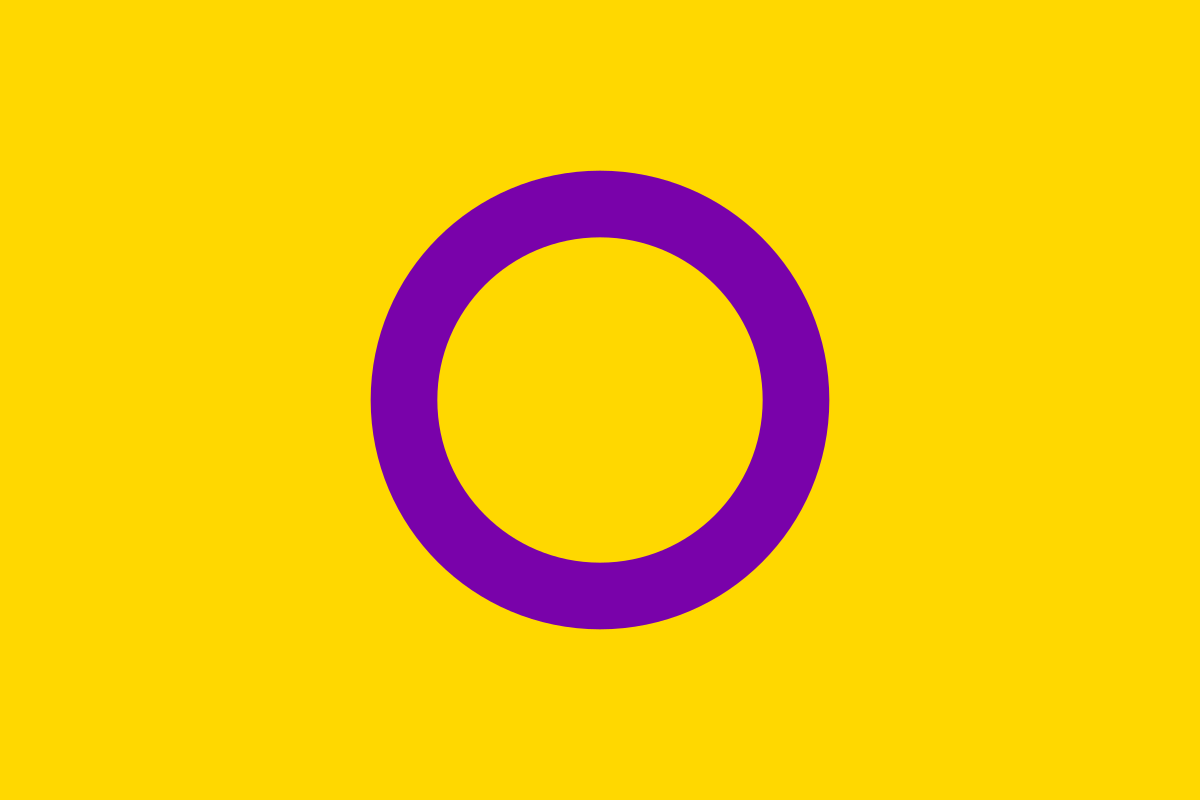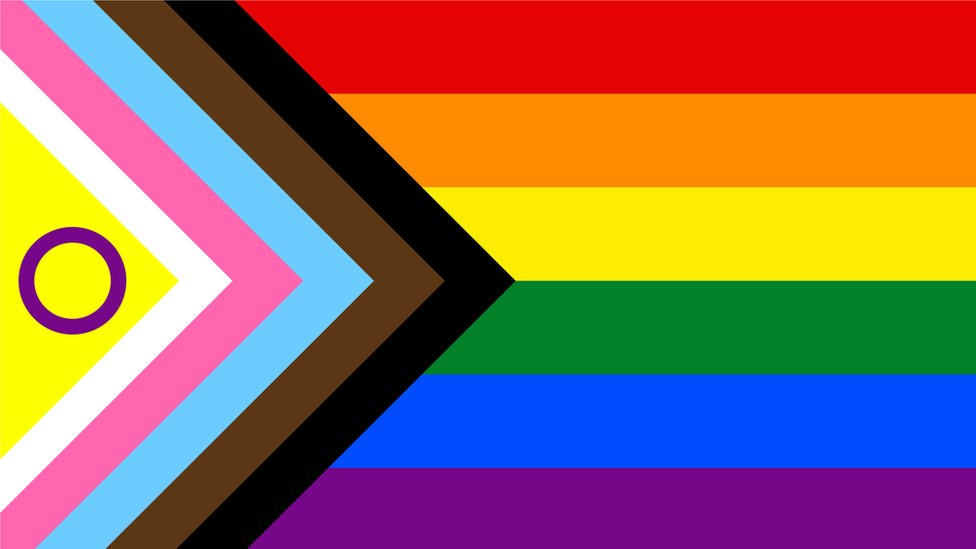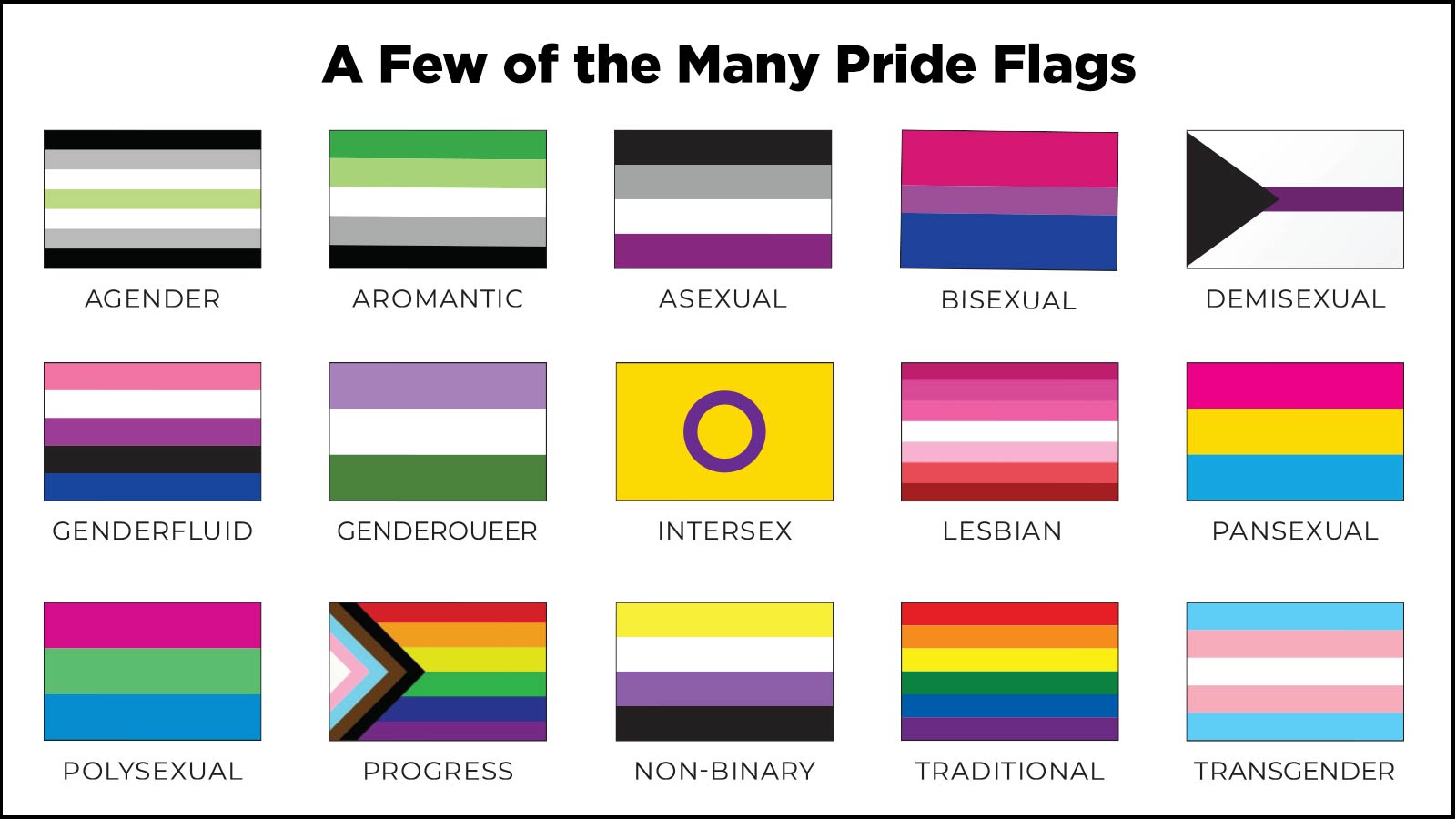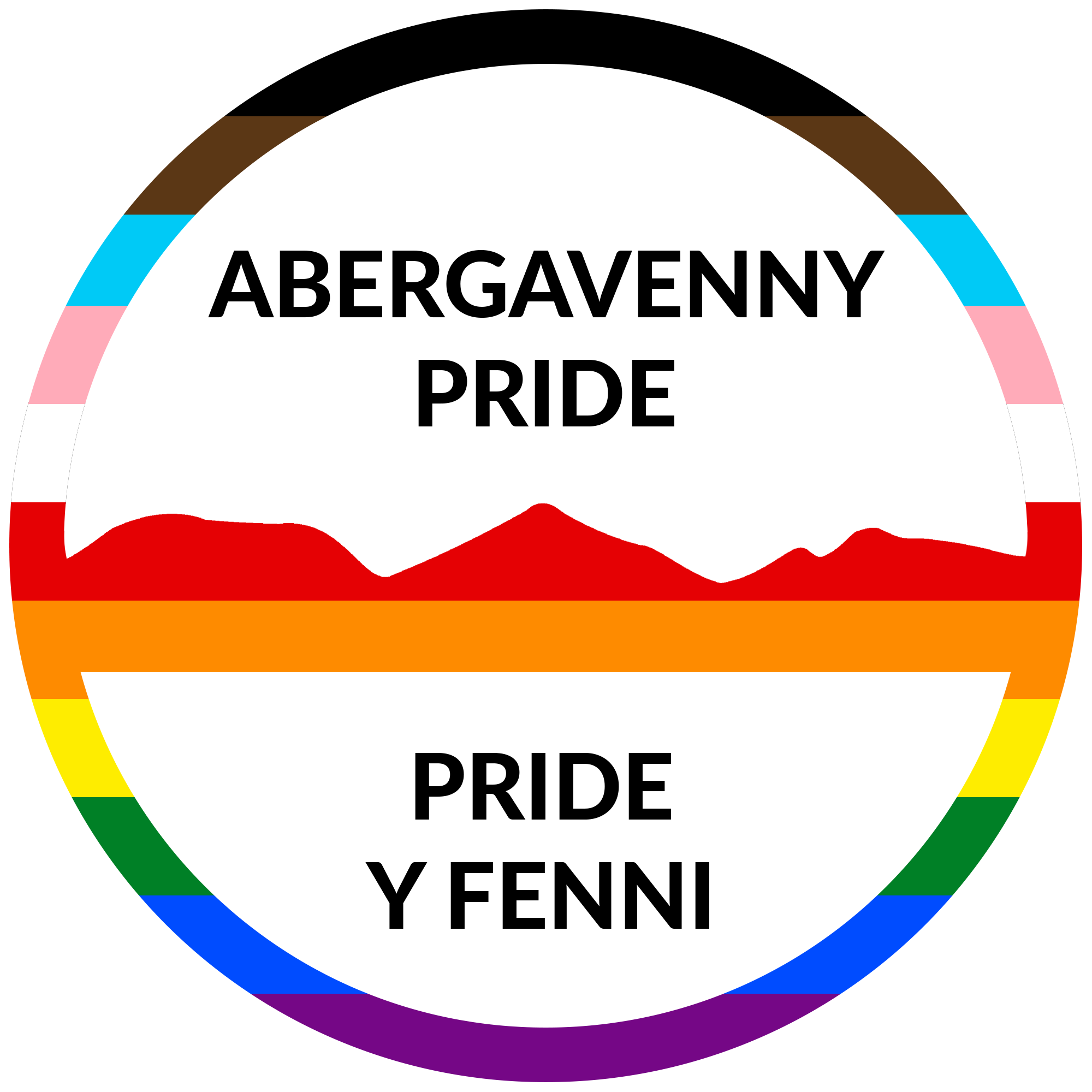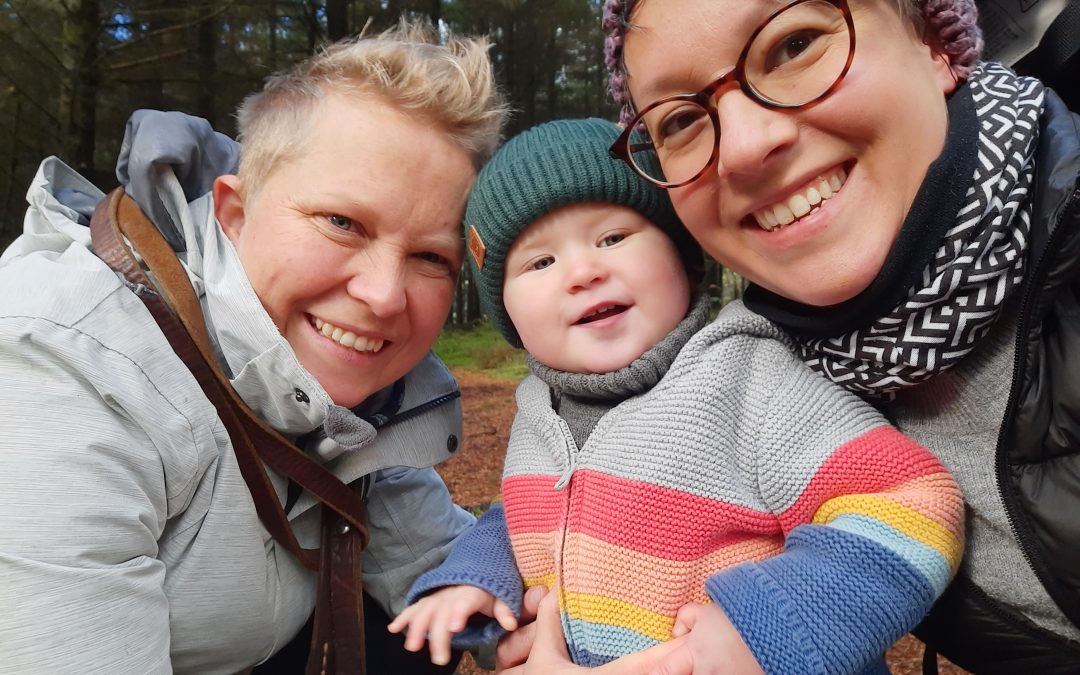January
Blog Chapters
January Edition
Hello and Happy New Year to each and every one of you!!
January is usually a time of renewal after the reflections of the past year, and where new habits are started in the spirit of becoming a better you. This is also a period of resetting for many queer people after the holidays but can also come with feelings of loneliness. Its cold outside, friends may be with their families, there aren’t as many activities going on, people may be on health kicks which means your socialising may diminish, amongst many other things which all contribute to feelings of isolation. This is known as ‘Winter Loneliness’ but loneliness can impact at any time of the year.
Queer loneliness is even more important to us, as a lot of information say about being out and about in the world, joining a club or a class, but this isn’t as easy for a queer person, as this often come with a checklist of safety and precautions before we can even venture somewhere. As a better understanding of queer loneliness is emerging, here are a few handy tips, but the antidote is often ‘Connection, Community and Belonging.’
Connection doesn’t have to be face to face. You can find connections online, in the media, and with yourself. I bet you all know that famous line ‘if you can’t love yourself, how the hell you gonna love someone else’. This means to combat loneliness you need to take self-care as a priority. Before doing anything, find out what you need to do to take care of your mental wellness. This could be a walk, taking medication, reading, watching tv, engaging in a spiritual practice, or even talking about it with a licensed professional.
Community is also major factor. Seek out queerness in the media you consume. Whether this is via books, podcasts, movies, tv, magazines etc (see the Blog Pride lists for recommendations). These are a great way to feel a connection to the wider world around you, and representation reminds you that you aren’t alone! Find an online community! Sometimes physical, public, visible, queer spaces can be intimidating if you are looking to combat your loneliness, but digital queer spaces offer an alternative way to connect, this is especially great if you live somewhere where there isn’t a lot of queer spaces around you. Research community events. Explore options for meet-up groups that are queer focused or for the LGBTQIA+ community. If you have another lived identity that is important to you (for example, practicing sobriety), you may want to look at events or groups that include both of these identities.
If you feel like you belong in a community with connections, then you will be more yourself than ever (see the links here).
The focus of this edition is going to be around Queer Parenting, with guest editors Elaine & Kate sharing their experiences, and our astonishing artist, Vicky Blight, also being a queer parent. Queer Parenting comes with many challenges and obstacles along with the highs and joys of being a parent. However, the societal ideology of parenting is still heteronormative and based around prescribed gender roles, of both the children and the parents, and all the pressures of parenting can come with additional societal pressures to queer parents.
There are so many variations of being parents, that even if we tried to list them, there will inevitably be some that are missed out, and with as many variations of parents comes the many ways to be a queer parent. Family, or chosen family, can bring all of us as individuals a real sense of belonging.
With many LGBTQIA+ individuals pursuing alternative routes to becoming parents aside from traditional biological conception – such as adoption and foster care – queer parenting provides safety, support, and consistency to countless children and young people who are in need of loving homes. Despite pushback from those with bigoted views – same-sex couples could not even adopt in England until 2005 – studies have demonstrated that having same-sex parents has no impact on children’s development.
As with any other aspect of LGBTQ+ community, a lot of activities and spaces are centred around nightlife, so we need to try to be more inclusive with events that are family friendly, and open to queer parents. We also need to ensure that there are ways to be more supportive on a personal level, parenting is hard guys! As the saying goes “it takes a village”, and what better village than a queer community with its colourful, diverse, and inclusive environment!
Queer Parenting also offers the freedom to challenge gender norms. They can offer an environment where children can flourish and grow and are free from traditional gender roles. They offer an approach to parenting where all varieties of families and people are represented and celebrated, and this can only have a positive effect. If all family units take this approach then it can only have a positive impact on discrimination for future generations.
This seems like a great place to introduce to you our new Queer Community Supper, where queer people can get together, discuss things that matter to them, be their true authentic selves with no judgement, have a bite to eat, and meet similar like-minded individuals. Our first one will be happening Sunday 21st January – keep an eye on socials for more info! Also, on our socials you will find our Queer Community Socials planned with things like games night, quiz nights etc – we would love to see you there!!!
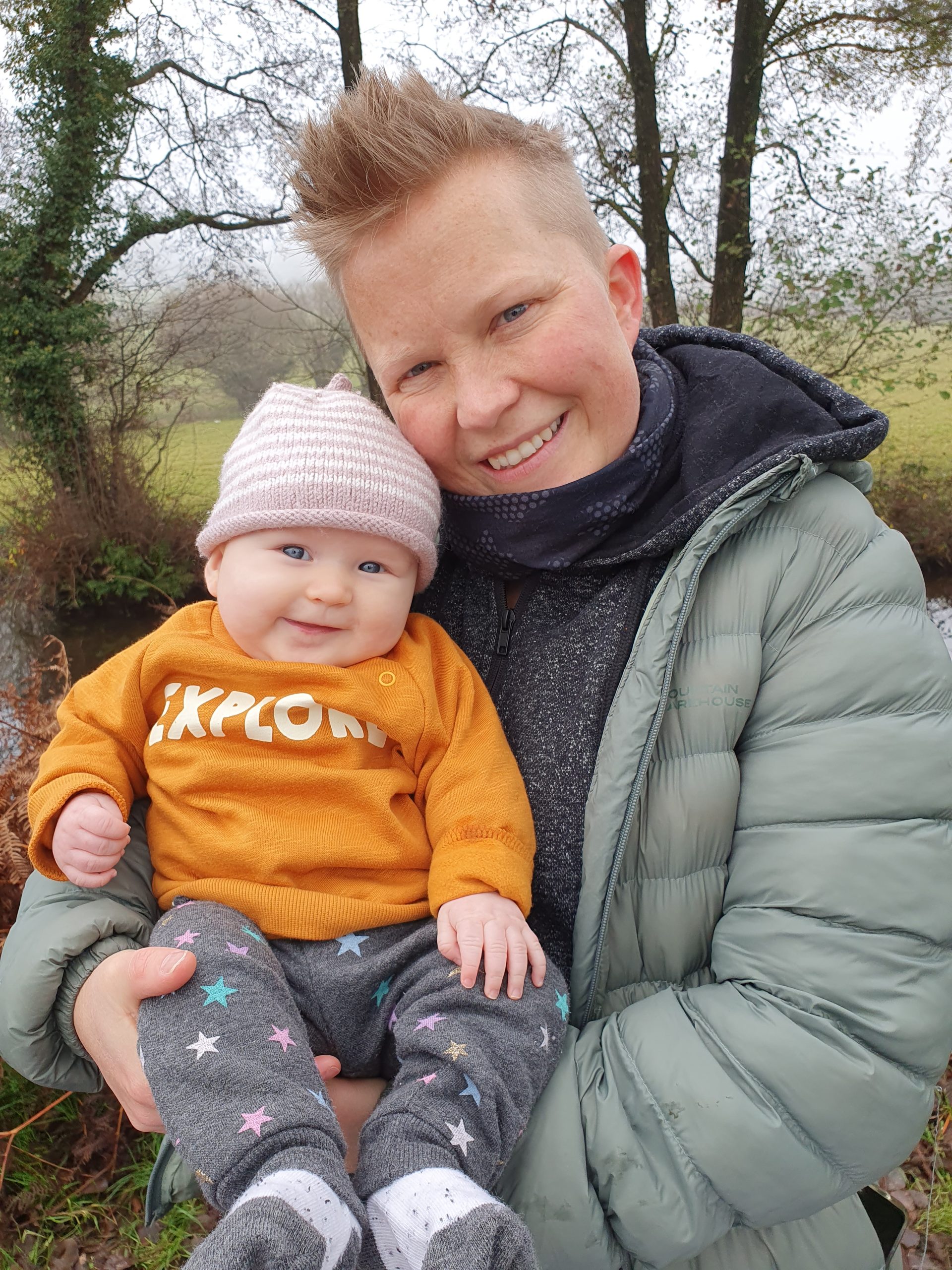
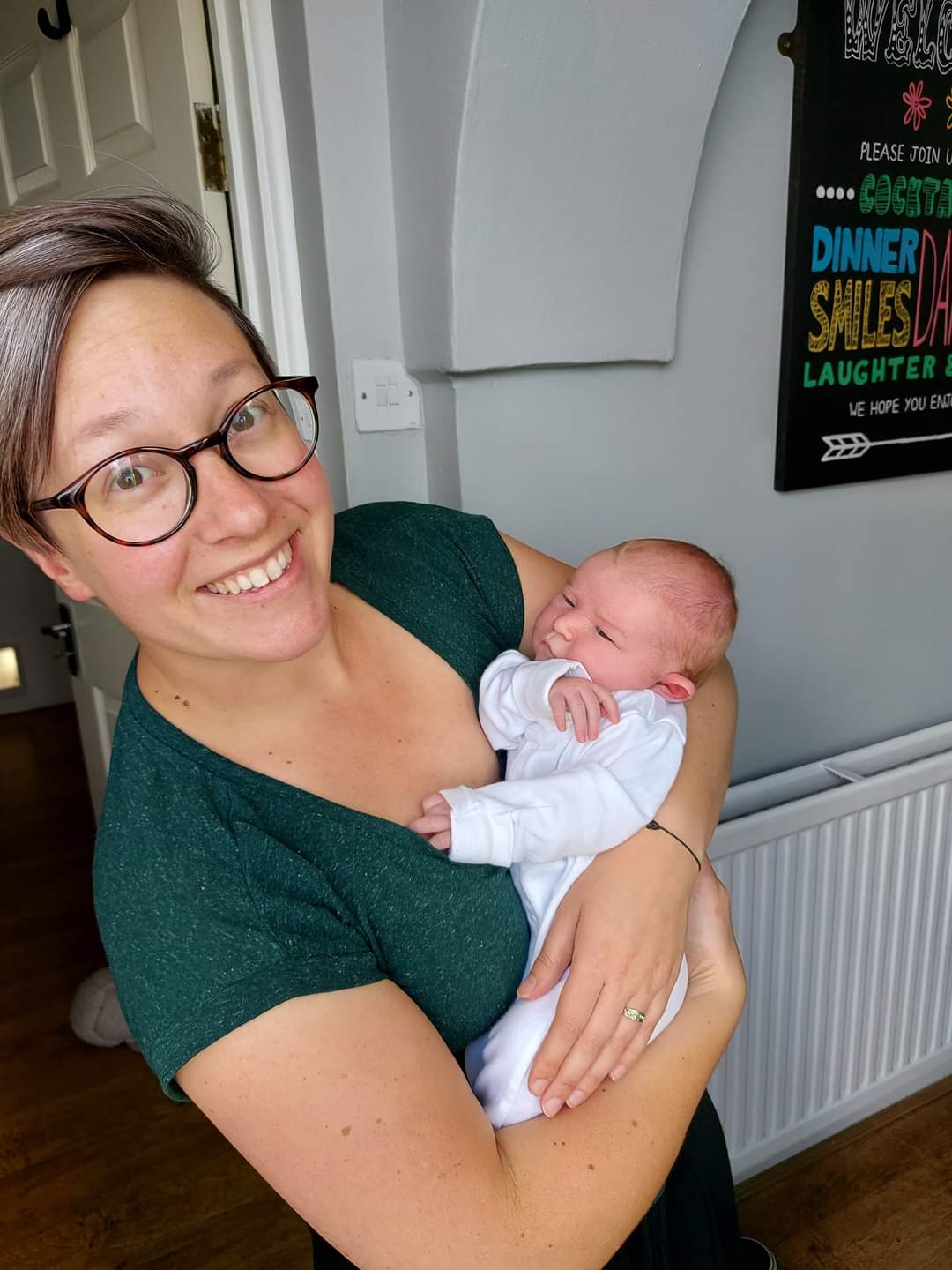
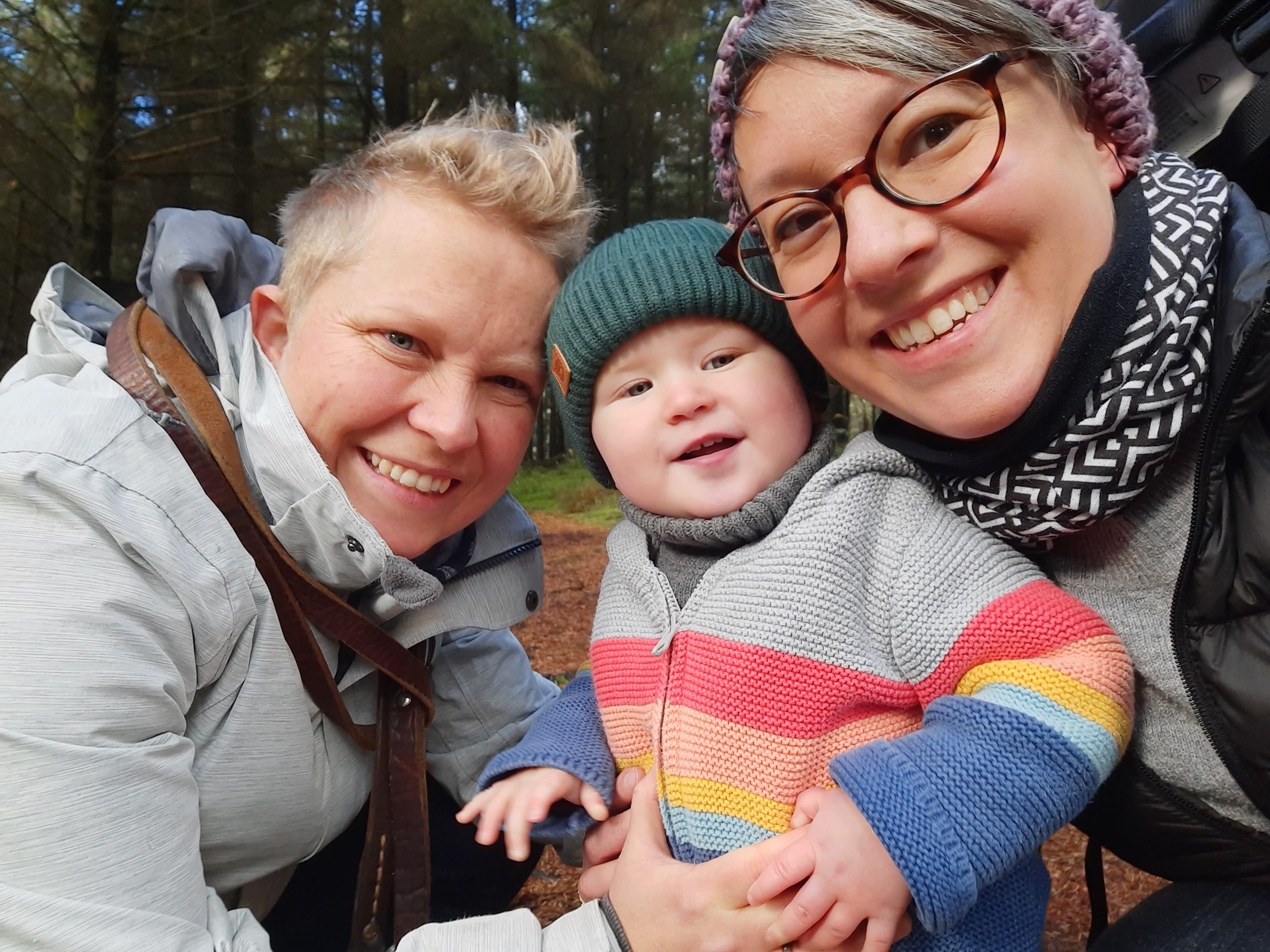
A Moment of History
This month we have a conversation with Wives and founders of Abergavenny Pride Kate and Elaine…
Kate: When we (Elaine and Kate) envisioned Abergavenny Pride we weren’t parents. Actually, when we started the journey of parenthood (as in the procedures, paper signing, donor choosing, blood work, internal exams, hormone injections, etc that often happens when you are 2 women hoping to have a baby!) we were approaching the date of Abergavenny’s first Pride event! Unfortunately, we found out that our first attempt didn’t take the day before Abergavenny Pride opened its “doors” which was emotional but equally was a good distraction. Jump forward 4.5 years and we have a wonderful pre-schooler keeping us on our toes!
There are so many amazing combinations of families out there and so many are part of the LGBTQIA+ community. We of course can’t speak about the experiences of anyone else’s family but for us there were things that surprised us and things we expected, so that’s what we’d like to share with you.
It was hard as it was giving birth (Kate is the birthing mother) during Covid, especially as I had to be induced as I was VERY overdue. Unfortunately, Elaine wasn’t able to be with me until I had to have my waters broken due to Covid regulations, yet people were allowed to go to the pub. It was incredibly difficult but of course that was hard for all birthing people at that time for so many reasons. Even though we were 2 women all the staff from cleaners to surgeons didn’t seem to bat an eyelid to the fact there wasn’t a father around and I felt they treated Elaine the same which was reassuring.
For Elaine, even though she was a new mother she had paternity leave, which meant returning to her workplace 2 weeks after the birth of our child. As you can imagine there were some perplexed looks and awkward questions when she said that she had a new-born at home……
Elaine: Most people I worked closely with knew my family set up and were incredibly supportive. I had told my male manager when we were trying to conceive as it was the only way I could take time off work at short notice for the crucial appointments and although a little awkward I was grateful for the support, and still remember sitting in a cafe with him ahead of a customer meeting 3 hours from home, and he said ‘are you ok?’ and I said ‘no, not really, another negative’ – and he took my hand and just said ‘I’m here if you need’ and that was all I could ask for!
Working for a larger company, I often had contact with those I had never met and as Kate mentioned, shortly after returning to work I joked with a colleague about the lack of sleep, and she was aghast that I was back in work with a 6-week-old baby…. until I explained I hadn’t birthed a baby!
As time has gone on, and our child is older, I do mention them in work conversations with customers, but I remember in the beginning not mentioning how old our child was to avoid more awkward conversations, looking back I wish I hadn’t cared so much what others thought of our family!
As a queer person, coming out is a regular occurrence, whether at the doctors, having a plumber to the house etc but as a parent, it just seems endless, and I didn’t expect that to be an even more common occurrence just because we are now parents…
Kate: Another thing we didn’t really think about was that we had to “come out” all over again. Obviously, we have to do it continuously but after a while it slows as one gets older and circles don’t change often (such as work, friends, etc). When you start the parenthood journey it starts all over again when you go for check-ups, scans, midwives, hospital/birthing centre staff, health visitors, baby shops, baby groups, meeting new parents, nurseries and a whole new world where you have to drop in to the conversation “my wife”, “oh *partner* is..”, “they have 2 mums”, “oh I didn’t give birth it was my wife” and it goes on. We were lucky in that the small but wonderful friendship group we made since having our child, although heterosexual, are all wonderful and welcoming and didn’t seem fazed when I mentioned I had a wife.
We do wonder how things will be when they go to primary school and make their way through education and how it will affect them having same sex parents, but we hope as time goes by the world will be more welcoming and understanding that we aren’t that different. We have found that kids are totally accepting when they hear that S has two Mums and there are no obvious sneering comments or whispering and it’s just accepted. We hope that this continues for them throughout their life and as families of different combinations are formed that things will no longer be seen as unusual or different but just, well, family.
Being a birthing mother, my experience of motherhood has been expected in the sense that I experienced pregnancy, breastfed, am the primary caregiver as luckily, I have been able to care for S during the day. Elaine on the other hand is in a different situation so I shall hand over the writing to her.
Elaine: In the early days, I often carried S in a sling, snuggled in – comfort for me and her, we walked often, partly for fresh air and partly for walking our dog – and I distinctly remember a feeling like I had to clarify that I hadn’t birthed S to all those who stopped and cooed as they do when you have a young baby in tow.
As I started taking S to activities on my own, even just the swings at the park I found other Mums talking about birth stories or feeding and I really struggled to connect, and I didn’t meet many non-birthing partners up for a chat and felt very different to the stereotypical ‘Dad’ role. But as S has got older, being able to connect with other parents has been easier as it’s less about birth stories and boobs and more about trying to keep up with a running toddler, or the demands for snacks…in fact, just a week ago I was chatting with a group of Dads and we shared stories about our littles’ first nights away from their birthing parents and how we overcome the challenge, and that wasn’t so different, despite our different genders…we were all just caring parents doing all we could to comfort our littles! I found connecting with other non-birthing parents suddenly that bit easier than in the beginning which was a little unexpected after the early days.
Kate: So, it’s safe to say that as a 2 mum family we have the same worries, difficulties and scenarios like a lot of heterosexual families. The main difference is that we needed a little more help to achieve our dream than the conventional family. It also helps that those around us don’t see us any differently and that we have a welcoming town. Yes, there are still those out there who will make comments that shake us but, in the end, we know that we love and care for our child and that we have every right to do so and that’s all that matters in the end. We are proud, we are parents and love is love.
Fly That Flag
The intersex flag is a pride flag representing intersex individuals and the intersex community. It was created by Morgan Carpenter of Intersex Human Rights Australia in 2013.
The flag was created in July 2013 by Morgan Carpenter of Intersex Human Rights Australia (then known as Organisation Intersex International Australia) to create a flag “that is not derivative but is yet firmly grounded in meaning”. Yellow and purple were chosen as colours as they were viewed as free from gender associations and were historically used to represent intersex people. The circle is described as “unbroken and unornamented, symbolizing wholeness and completeness, and our potentialities.”
The organization describes it as freely available “for use by any intersex person or organization who wishes to use it, in a human right affirming community context”.
In 2021, the intersex flag was incorporated into the Progress Pride version of the rainbow pride flag by Valentino Vecchietti of Intersex Equality Rights UK.
The flag has been utilised by a range of media and human rights organisations. In June 2018, intersex activists took part in Utrecht Canal Pride, waving the flag.
In May 2018, New Zealand became the first country where the intersex flag was raised outside the national parliament.
